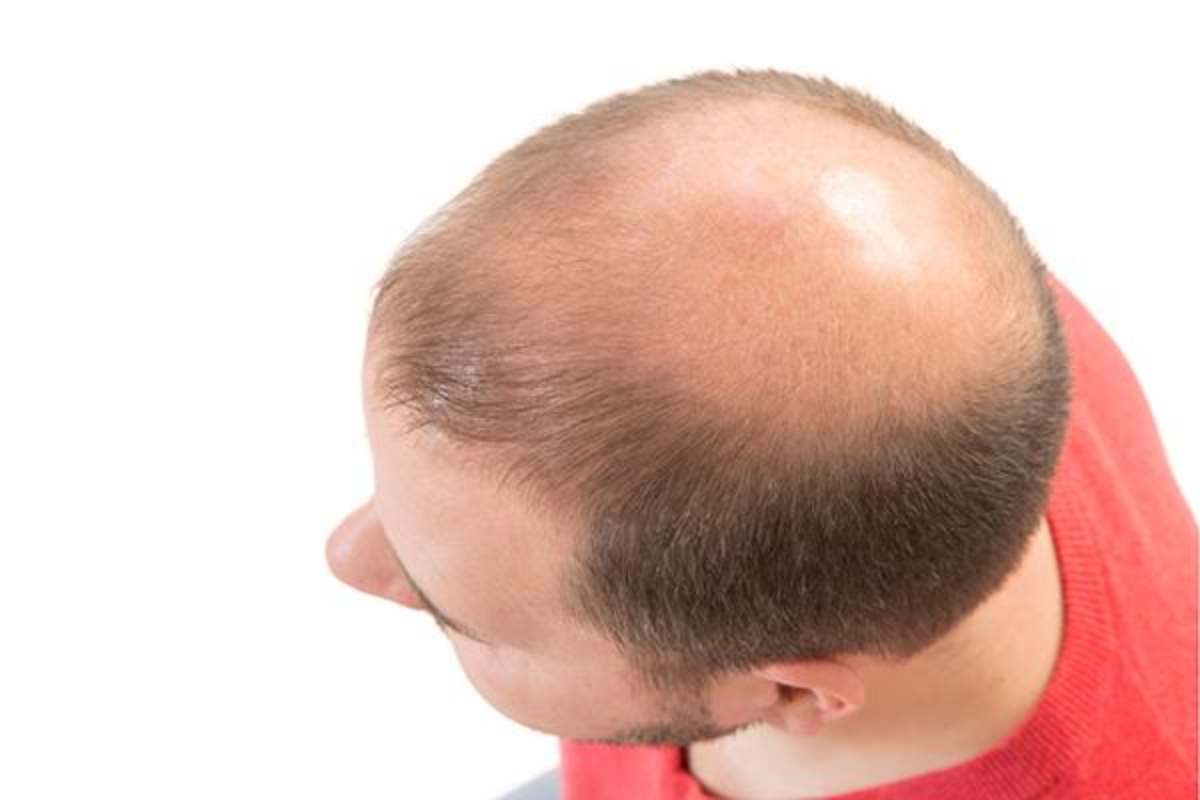Permanent hair loss deserves a permanent solution. And for many, hair transplant surgery delivers a satisfying, long-lasting result. A qualified surgeon can discuss each individual’s needs, risks, and eligibility for hair restoration surgery.
What Are Hair Transplants?
Hair transplants are procedures to remedy baldness by moving a person’s existing hair to an area with thin or no hair. Currently, there are two methods of hair transplants: follicular unit strip surgery and follicular unit excision. Both approaches are outpatient procedures typically conducted in the doctor’s office.
During follicular unit strip surgery, the surgeon removes a strip of scalp from the back of the patient’s head, called the “donor area”. The remaining hair in the donor area will cover the sutures or staples used to close the incision, and will later cover a thin scar when the scalp is healed. The strip is then divided into hundreds or even thousands of tiny grafts, each containing a few hairs or a single hair. After the grafts are prepared, they are planted into small slits or holes in the desired area.
A follicular unit excision (FUE) involves shaving the hair from the back of the scalp. One by one, the hair follicles are removed, leaving small holes that are covered with a bandage and will quickly heal. FUE grafts are then implanted into the bald or thinning areas of the scalp through the same method as the grafts harvested during follicular unit strip surgery, which we described above. The grafts are inserted into small slits or holes in the desired area. After your scalp is fully healed, the remaining hair will cover the small holes of missing hair from the donor area.
Are Hair Transplants Permanent?
Hair transplants are considered permanent, which makes it important to find an experienced surgeon, like Dr. Krejci. Because the transplanted hair is obtained from the back of the scalp, where the hair is genetically more durable, the hairline design and the planting of the grafts must be planned with an artist’s eye and the future in mind.
Hair loss is a continuous process, so you want your transplanted hair to blend into whatever the future holds for your hairloss pattern. Although transplanted grafts are permanent, all things on the body are subject to the aging process. The transplanted hair will become finer and will turn gray with time, just like they would in the back of your scalp. However, oftentimes, these hairs are slower to gray. You might retain color in your transplanted hair longer than your native hairs. This is not usually a bad thing – simply something to be aware of.
The hair follicles at the back of the head are much more resistant to male pattern baldness and will not fall out like your native hairs. This is great for those who are looking for a permanent hair restoration solution. However, it can also cause problems as a patient continues to experience hair loss from the surrounding areas post-surgery. If a hair transplant is performed too early, it can appear unnatural later on when the transplanted hairs remain in place and the surrounding hairs recede away, leaving patches of bald scalp.
Is a Hair Transplant the Right Choice for You?
Hair transplants can be effective treatments for permanent hair loss. But as with any procedure, it’s important to discuss all of your options and potential outcomes with your doctor.
It is generally recommended that patients experiencing permanent hair loss try a hair loss medication such as finasteride (Propecia) or minoxidil (Rogaine) for at least six months to one year before considering surgery. We offer both of these medications at the Limmer Hair Transplant Center, and can monitor how your hair reacts to them.
In most cases, patients should wait until they are close to 30 years old to undergo a hair transplant. At that age, the hair loss pattern is more established. Younger patients may need revision surgeries later to correct the hairline as more hair falls out. Read more about the best age to get a hair transplant here.
Patients with diffuse pattern baldness can be candidates for hair transplants, depending on the distribution of hair. But they may need additional procedures over time in order to cover larger areas of thinning. Those with severe hair loss should not expect complete coverage from a hair transplant, but may be able to restore their hairline and improve their appearance or grooming options.
The recovery time after a hair transplant is fairly short. After about a week, you can return to normal activities. The transplanted hairs will shed over time, but new hair will grow in its place from the transplanted follicles. On average, patients can expect to see about 60% new hair growth within 6-9 months in the affected area.
Hair transplants can be a permanent solution to your hair loss problem. Make an appointment with the Limmer Hair Transplant Center to find out if a hair transplant is a good option for you!







